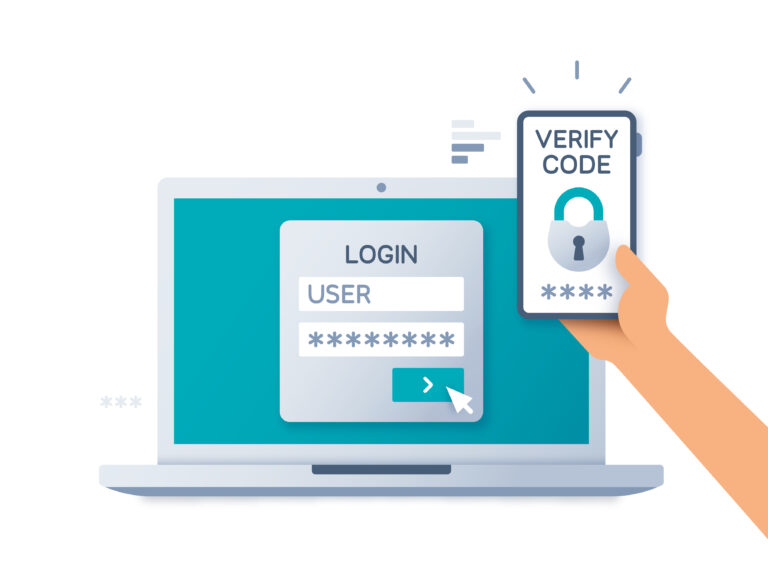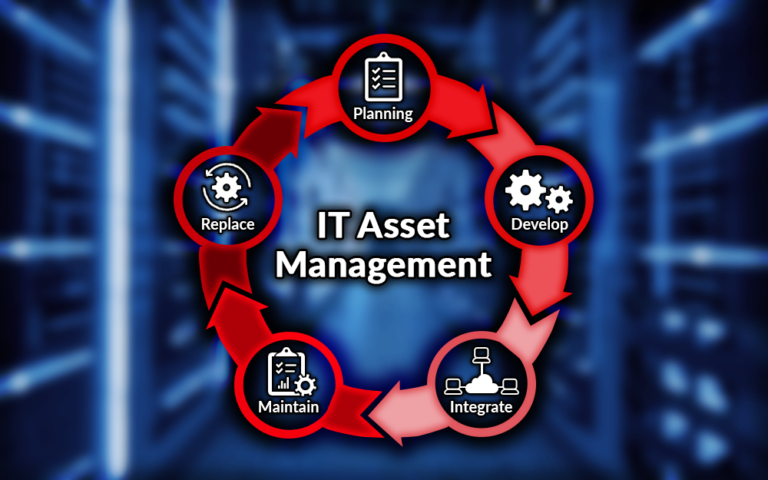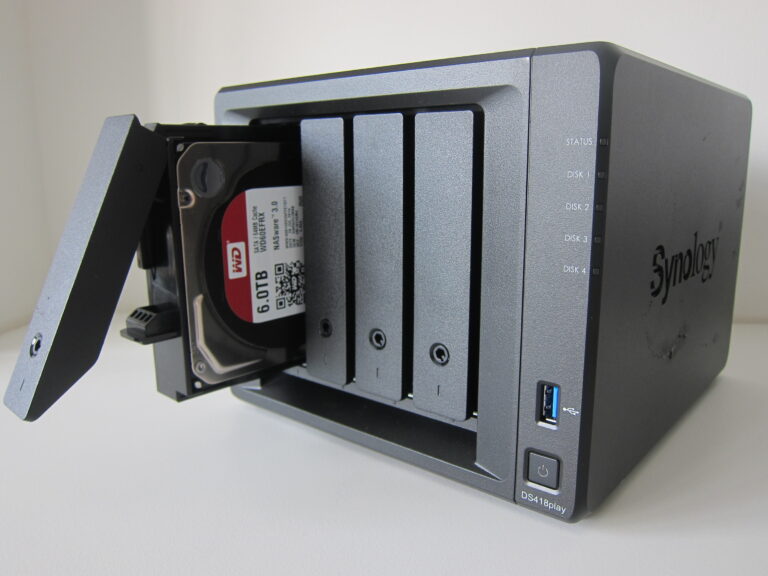Picture this: It’s a typical Tuesday morning. You’re sipping your coffee, ready to dive into another day of business as usual. Suddenly, your computer screen freezes, displaying a menacing message: “Your data has been encrypted. Pay 50 Bitcoin to regain access.” In an instant, your small business’s worst nightmare has become a reality.
For small businesses, especially those in sensitive sectors like finance, this scenario isn’t just scary – it’s potentially catastrophic. That’s where CIS Control 4 comes in, acting as your digital guardian against such threats.
Decoding CIS Control 4: Your Business’s Digital Locksmith
CIS Control 4 focuses on the secure configuration of all enterprise assets and software, emphasizing the importance of locking down every digital component in your organization. This control goes beyond just setting up firewalls or installing antivirus software; it’s about meticulously configuring each piece of technology to minimize vulnerabilities.
By applying these security measures, CIS Control 4 ensures that every digital asset in your organization is configured securely, significantly reducing the attack surface available to potential threats.
Why It’s a Big Deal for Small Businesses
For small businesses, especially those in the financial sector, the stakes couldn’t be higher. Improper configurations can lead to:
- Unauthorized Access: Poorly configured firewalls or default credentials can give attackers easy entry to your systems.
- Data Leakage: Misconfigured cloud services (a common issue for small businesses adopting new tech) can expose sensitive client data.
- Compliance Violations: In finance, failing to properly configure systems to meet regulatory standards can result in hefty fines.
Let’s break down the potential impacts:
- Financial Losses: The average cost of a data breach for small businesses is nearly $3 million. This isn’t just about stolen funds; it includes recovery costs, legal fees, and potential fines.
- Operational Disruption: 60% of small companies go out of business within 6 months of a cyber attack. Improperly configured systems are more vulnerable to ransomware and other attacks that can halt your operations.
- Reputational Damage: In finance, trust is everything. A breach due to a simple misconfiguration can irreparably damage your reputation.
Suddenly, CIS Control 4 doesn’t seem so abstract, does it?
Making It Work in the Real World
Now, let’s roll up our sleeves and get practical. Here’s how you can implement CIS Control 4 without needing a Fortune 500 budget or a PhD in cybersecurity:
Access Control
The focus here is on limiting administrative privileges to only essential personnel, regularly reviewing access rights, and applying the principle of least privilege. This approach minimizes the potential attack surface and reduces the risk of accidental or intentional misuse of administrative powers.
Monitoring and Logging
By enabling comprehensive logging of administrative actions, regularly reviewing these logs, and setting up real-time alerts for critical activities, the firm can maintain vigilance over its systems. This allows for quick detection and response to any suspicious or unauthorized access attempts.
Technical Controls
Implementing specialized tools and techniques such as privileged access management systems, time-based restrictions, and dedicated administrative workstations provides an additional layer of security. These technical measures help to control and monitor high-level access more effectively.
Policies and Procedures
Developing clear, documented policies and procedures for administrative privilege use, including processes for granting and revoking access, ensures consistency and accountability. Regular training reinforces these policies and keeps staff updated on best practices for handling administrative privileges.
Security Measures
This encompasses keeping systems updated, implementing network segmentation, and using encryption for remote access. These fundamental security practices create a strong foundation that complements the specific controls for administrative privileges, enhancing overall system security.
First Steps
Implementing CIS Control 4 might seem daunting, but remember: every journey begins with a single step. Here’s how to get started:
- Audit your current configurations
- Identify your most critical assets
- Develop a plan to secure these assets first
- Gradually expand your secure configurations across your entire business
Remember, in the world of small business (and especially in finance), data protection isn’t just a best practice – it’s a necessity. By embracing CIS Control 4, you’re not just protecting your business; you’re investing in its future.
Don’t wait for a breach to happen. Start implementing CIS Control 4 today. Your future self (and your business) will thank you.
Have questions about implementing CIS Control 4 in your business? Drop a comment below or get in touch with any questions you might have.
You can read more about the CIS Security Controls framework at the Center for Internet Security website, and find all 18 controls listed here.
Stay secure, stay successful!
Michael @ MZ DATA
Long Beach, CA
P.S. Want more tips on fortifying your small business against cyber threats? Join our mailing list for regular updates and expert advice. It’s like a security patch for your brain!


